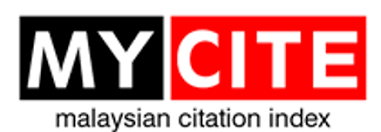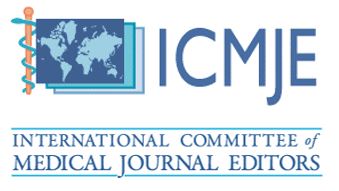Effect of Olfactory Rehabilitation or Combination Therapy on the Recovery of Post-COVID-19 Olfactory Dysfunction: A Multi-Arm Parallel-Group Randomized Controlled Trial
DOI:
https://doi.org/10.51200/bjms.vi1.5049Keywords:
COVID-19, Olfactory dysfunction, Olfactory rehabilitationAbstract
Persistent olfactory dysfunction was noted in many patients upon COVID-19 infection recovery. The research on its management has been very limited, especially among the Southeast Asian population. We aim to investigate the role of olfactory rehabilitation and topical corticosteroids among post-COVID-19 olfactory dysfunction patients in Sabah, Malaysia. Adult Malaysians with persistent olfactory dysfunction 1 month post-COVID-19 recovery without a prior history of olfactory dysfunction were recruited. In total, 31 patients with post-COVID olfactory dysfunction were randomly assigned into 3 groups via online randomizer. 10 patients were given an olfactory rehabilitation kit only (Group 1), another 10 received combination therapy (Momethasone furoate/olfactory rehabilitation kit) (Group 2); while 11 patients were given information related to post-viral olfactory dysfunction (Control). All groups were followed up for an average duration of 6 months. Olfactory function was evaluated by Top International Biotech Smell Identification Test (TIBSIT) scores and Olfactory Disorder Questionnaire (eODQ) before randomization, at 3 and 6 months after recruitment. The baseline characteristics of patients were similar in all groups. Generally, patients who received olfactory rehabilitation kit only, combination therapy and control all showed statistically significant improvement in TIBSIT scores after 6 months (p=0.011, p=0.001, p=0.002 respectively). It was noted that TIBSIT scores for combination therapy were statistically significantly higher than control (p=0.036) at 3 months. However, no statistically significant difference was shown at 6 months (p=0.085). As for the olfactory kit-only group, no statistically significant difference in TIBSIT scores at 3 months (p=0.973) and 6 months (p=0.387) were noted when compared to control. In terms of mean eODQ scores, statistically significant improvements were seen in all 3 groups (p=0.011, p=0.001, p=0.045). The data obtained showed no superiority of intervention for post-COVID olfactory dysfunction when compared to control.
Downloads
Published
How to Cite
Issue
Section
License
All articles are published under the Creative Commons Attribution-NonCommercial (CC BY-NC 4.0) license, enabling users to read, download, copy, distribute, and adapt the material for non-commercial purposes, provided proper credit is given to the original authors and the source. This model supports transparency, accessibility, and the global exchange of medical knowledge.








1.png)





